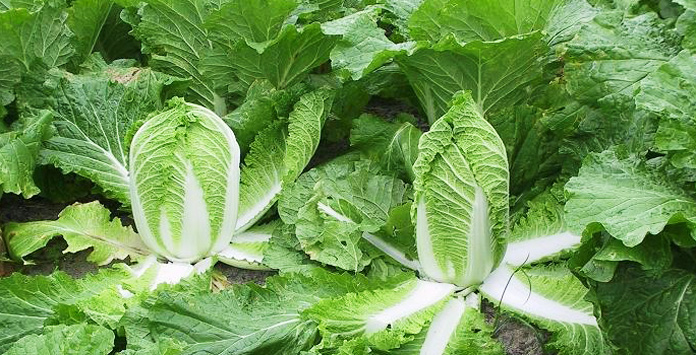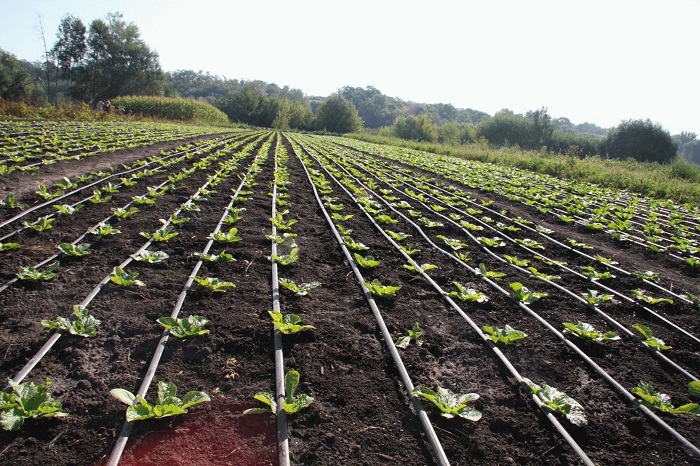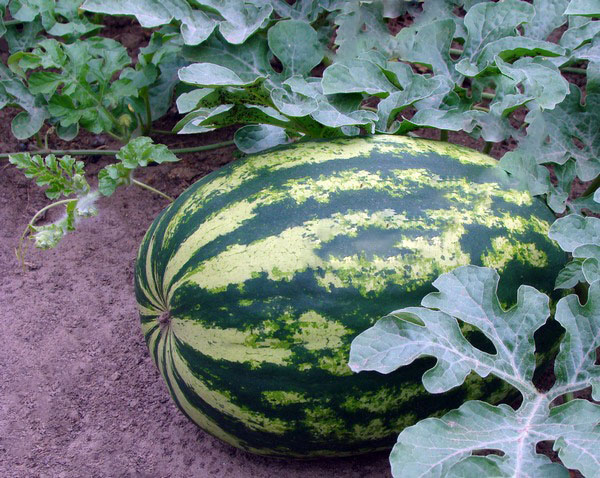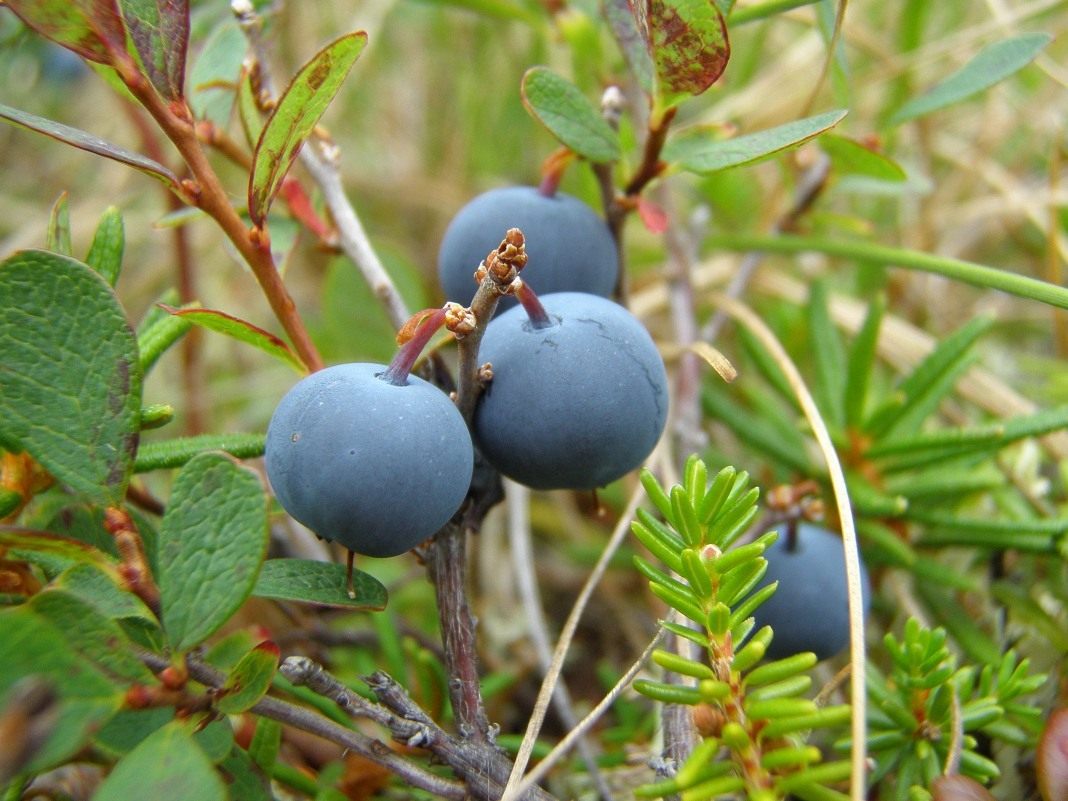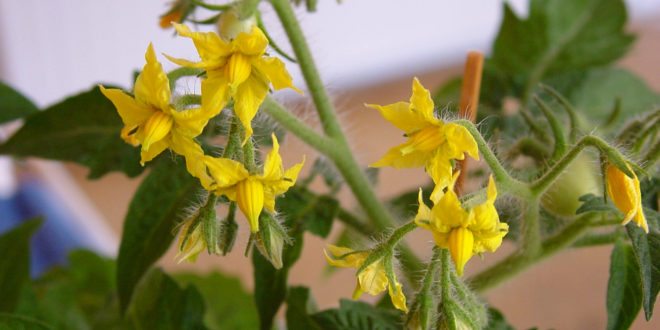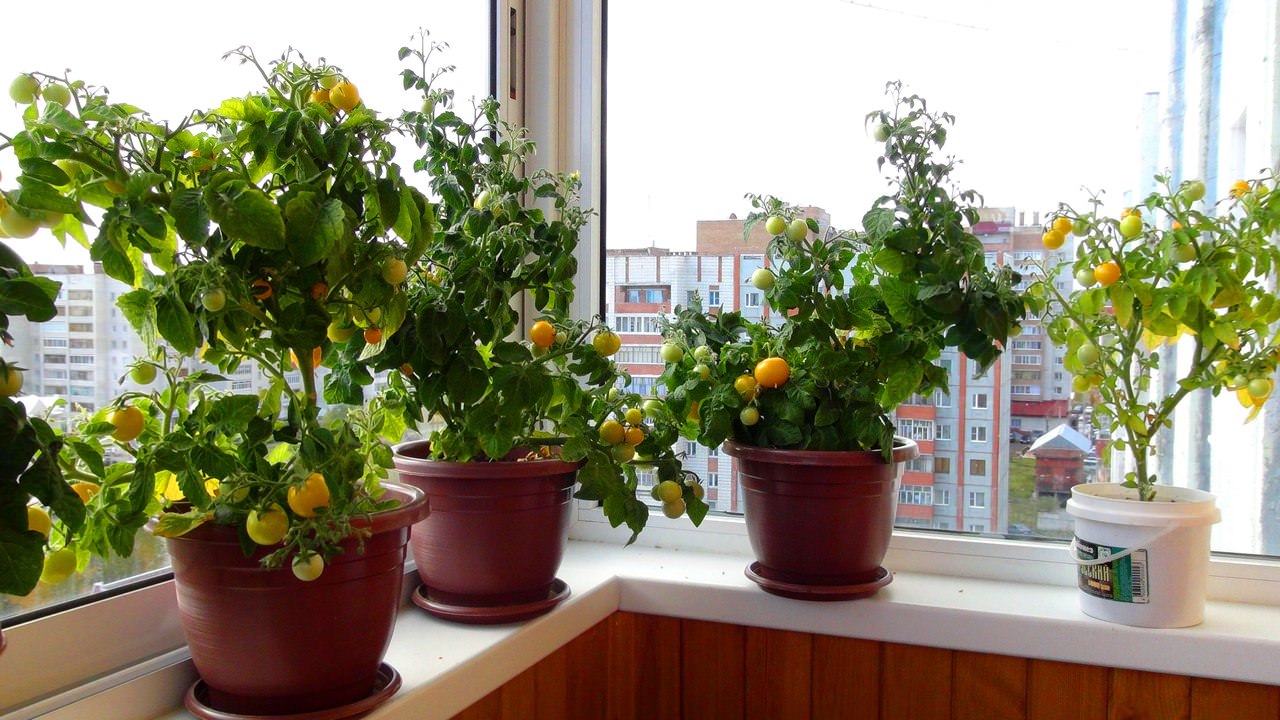Content:
Peking cabbage appeared in China and quickly spread to the rest of East Asia, and then around the world. In Russia, Chinese cabbage has become popular due to its unpretentious cultivation. This can be done without having a vegetable garden - the vegetable will have enough space on the balcony. But you need to know exactly how to grow Chinese cabbage at home and follow the recommendations of experienced gardeners.
Planting Chinese cabbage on the windowsill
The most suitable for growing at home are leafy varieties of Peking cabbage:
- The spring is an early ripening variety that ripens in 30 days. Easily adapts to lack of light and heat. The diameter of the vegetable is about 30 cm, weight - up to 400 g. A distinctive feature is a sour taste.
- Khibinskaya is an early variety. In 3 weeks it manages to ripen even in the winter months. A distinctive feature is resistance to cold.
- Semi-cabbage - in winter it ripens in 2.5 months, in spring - in 1 month. Reaches a weight of up to 100 g. It is appreciated for the juiciness of the cabbage leaf.
- Lenok - the harvest will ripen in 1.5 months. Maximum weight - 300 g. Popular due to immunity to diseases and unpretentiousness.
Thanks to the step-by-step algorithm, even a beginner will be able to harvest on their own balcony. The main thing is to purchase seeds from a trusted manufacturer and pay attention to the expiration dates of the goods.
Next, there will be detailed instructions on how to grow real Peking cabbage at home.
Soil preparation
You can buy ready-made soil mixture in a specialty store. Or mix peat, sand and humus yourself. The soil for Chinese cabbage should be light, fertile, loose and non-acidic.
Choice of containers
For Chinese cabbage, pots with at least 200 ml drainage holes are suitable. As vegetables grow, larger containers will be required. Before use, the dishes should be disinfected with a solution of potassium permanganate, the rest of which can be watered with vegetables to combat blackleg disease.
Sowing seeds
The soil is poured into a container, watered and the seed is placed, deepening by 5 mm. From one seedling to another, at least 4 cm should remain, the rows are made every 10 cm. The top is covered with a film and left to grow in a warm place. After three days it is important not to miss the emergence of seedlings.
Where to place the container with cabbage
For proper cultivation, sprouts of Chinese cabbage should be placed on the south side of the house. The main thing is not to grow seedlings in the northern part. At the same time, it is important that the balcony is not open - the vegetable can only be grown in a glazed room.
Seedling care
To saturate the soil with oxygen, it is loosened after each irrigation with water. In this case, it is important not to pump the soil with water too much - this is fraught with the disease of the black leg.
Pros and cons of growing Peking cabbage on the balcony
Obvious advantages:
- Fresh greens even in winter;
- Getting the harvest one month after planting the seeds.
Cons of cultivating a vegetable at home:
- Harvesting in small quantities.
The Chinese claim that their secret to longevity is in the use of Peking cabbage. The main value is the content of minerals and protein. Therefore, adherents of a healthy lifestyle can safely include it in their diet. This is especially important for residents of Russia, where it is important to strengthen the immune system in winter.
